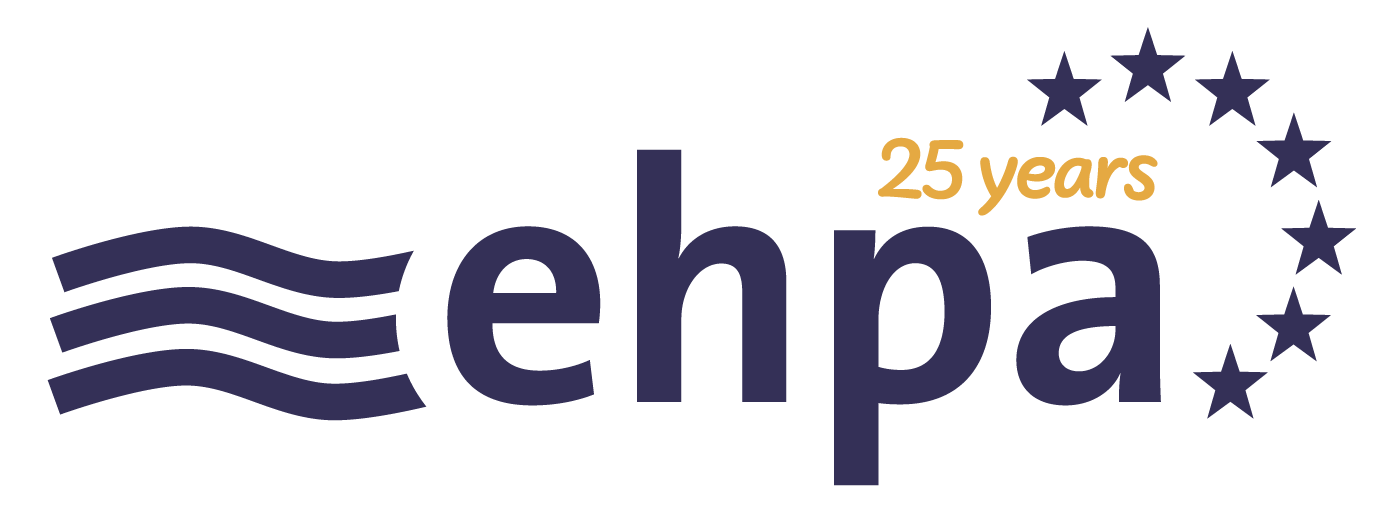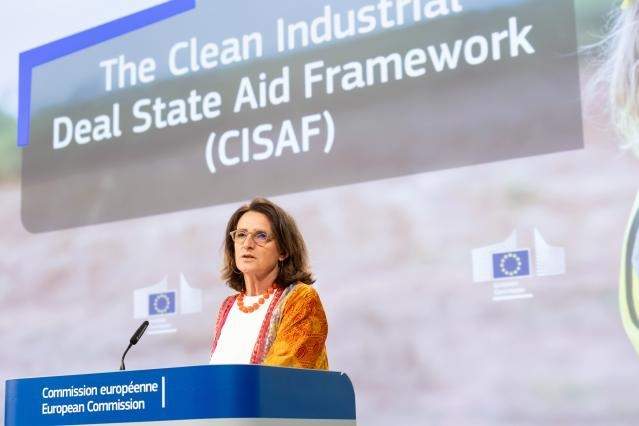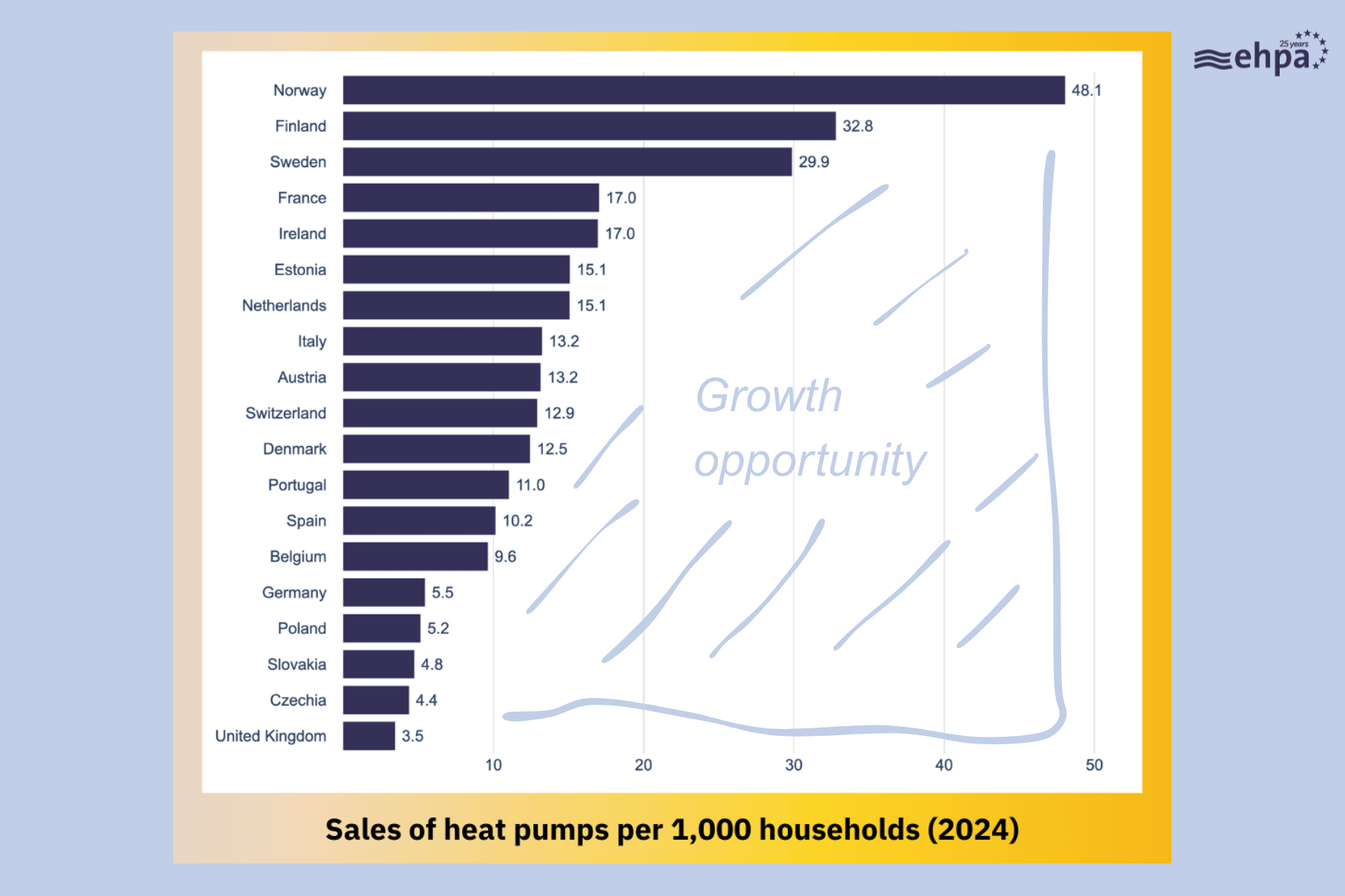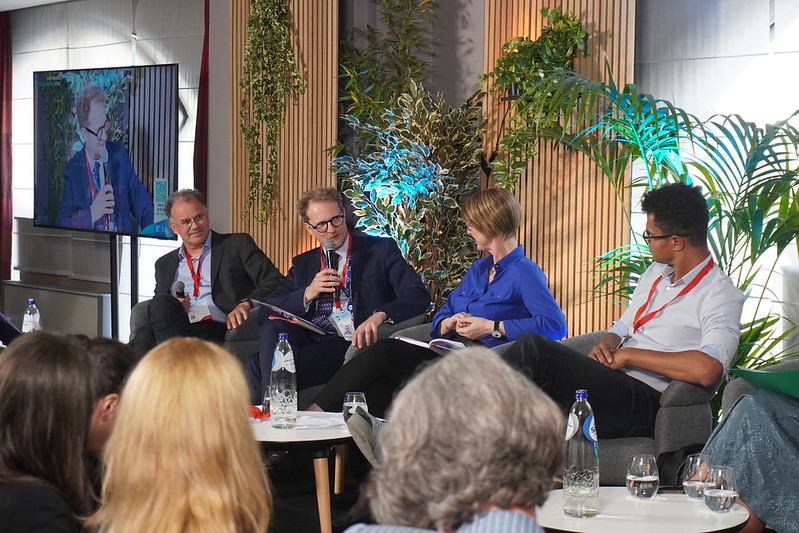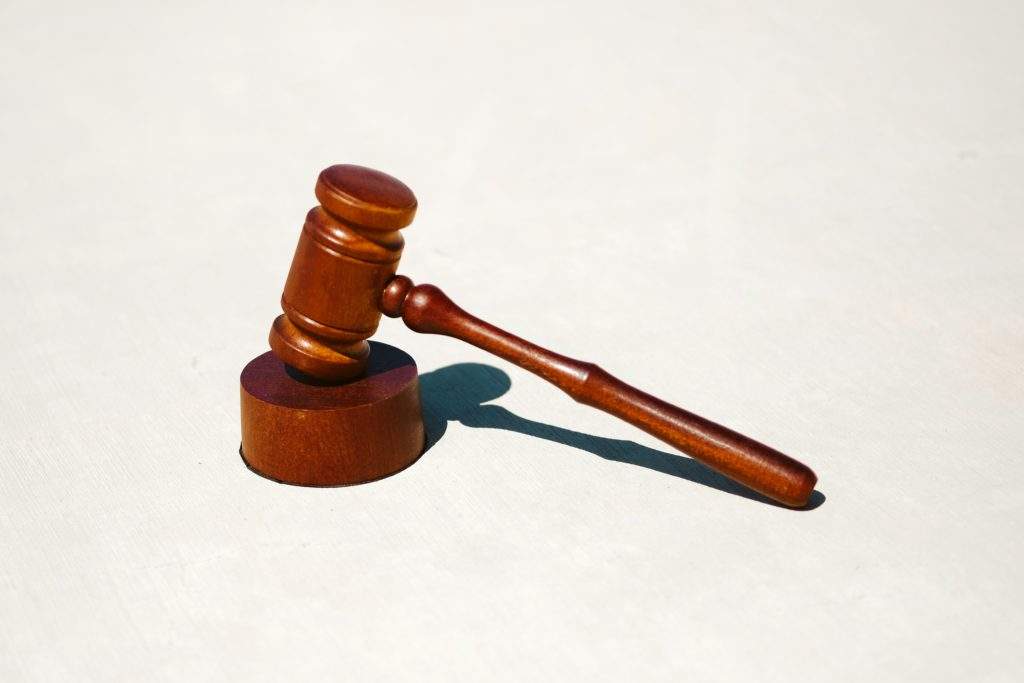Harmonising EU legislation with national regulations is crucial for overcoming barriers and fast-tracking the energy transition throughout Europe. On 21 November, the European Heat Pump Association hosted a webinar to examine and discuss the regulations and directives shaping the adoption of thermal energy storage (TES) solutions.
TES plays a pivotal role in enabling the efficient integration of renewable energy with technologies like heat pumps. By storing excess energy generated during periods of low demand, TES ensures a steady and reliable supply of clean energy, allowing heat pumps to operate efficiently and sustainably, even when renewable energy sources fluctuate. This synergy is vital for decarbonising heating and cooling systems while supporting Europe’s broader energy goals.
The online event, titled “EU Regulatory Landscape for Thermal Energy Storage,” was organised by the TES Cluster, a collaboration of four EU-funded sister projects: ECHO, Best-Storage, HYSTORE, and ThumbsUp.
The session featured three experts, each offering a unique perspective. Thomas Schleker, Policy Officer at the European Commission (Directorate General for Research and Innovation), presented the EU perspective, while Guillermo Andrés Nieto, Research Engineer and Project Coordinator at Veolia Spain, provided a technical analysis, comparing EU and national regulations. Finally, Karla Zambrano, a researcher at the University of Valencia, explored the social implications of TES, focusing on its role in addressing energy poverty.
In its opening presentation, Schleker detailed the strategic importance of TES in complementing renewable energy sources and balancing the grid. In March 2023, the EU Commission published its recommendations to increase the use of energy storage, encouraging EU countries to assess capacity needs, address financing gaps, and remove barriers to deployment.
He also highlighted ongoing EU initiatives aimed at boosting the production of TES systems in Europe, like the Net-Zero Industry Act and outlined policy measures to ramp up investment, including streamlined capacity mechanisms and targeted R&I funding under the Horizon Europe Programme.
Schleker was followed by Nieto, who addressed the regulatory constraints surrounding TES integration. Drawing from his research, he explained how fragmented EU and national regulations create barriers to TES deployment.
Using Spain as an example, with its “Reglamento de Instalaciones Térmicas en los Edificios” (RITE) which governs thermal installations but lacks detailed provisions for TES systems, he explained how fragmented EU and national regulations represent a major barrier to TES deployment across the Member States.
Armonised regulations and clear guidelines for the design, safety, and maintenance are key to showing that TES technologies can be safely deployed in residential and commercial buildings, Nieto added.
Closing the session, University of Valencia’s professor and researcher Karla Zambrano shed light on the social impact of TES. She discussed its critical role in combating energy poverty by making energy systems more affordable, with special support for vulnerable households. “Social justice and energy transition are closely interconnected” Zambrano concluded.
Curious to know more about the development of thermal energy storage technologies in Europe? Learn more about the ECHO, BEST-Storage, HYSTORE, and ThumbsUp projects and stay tuned for the next webinars.
